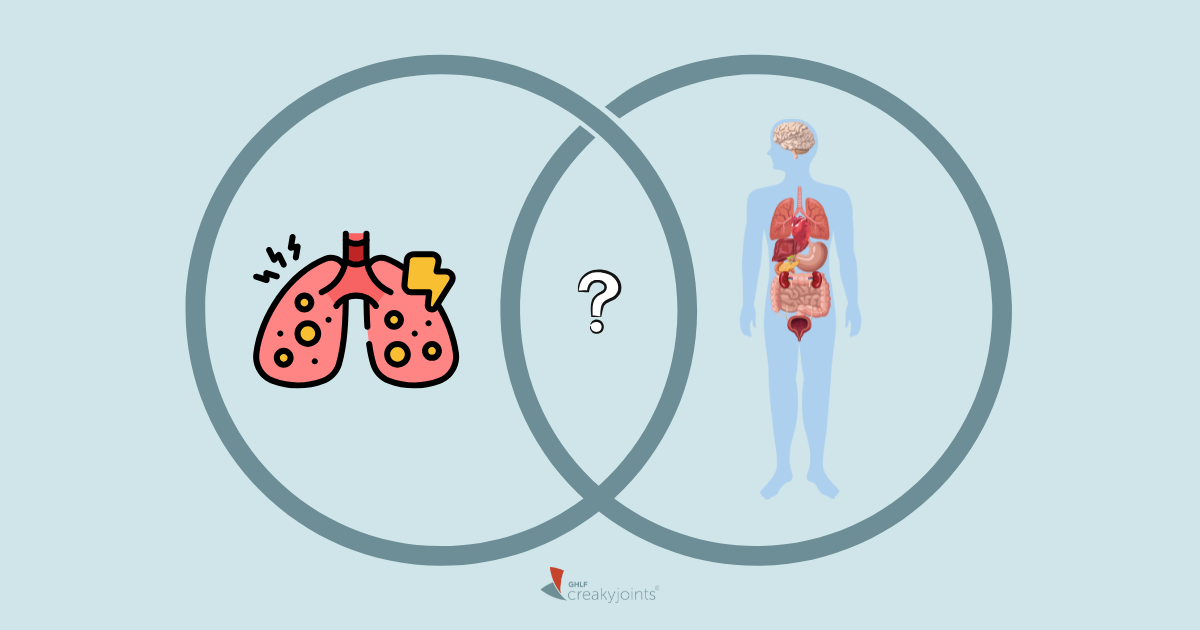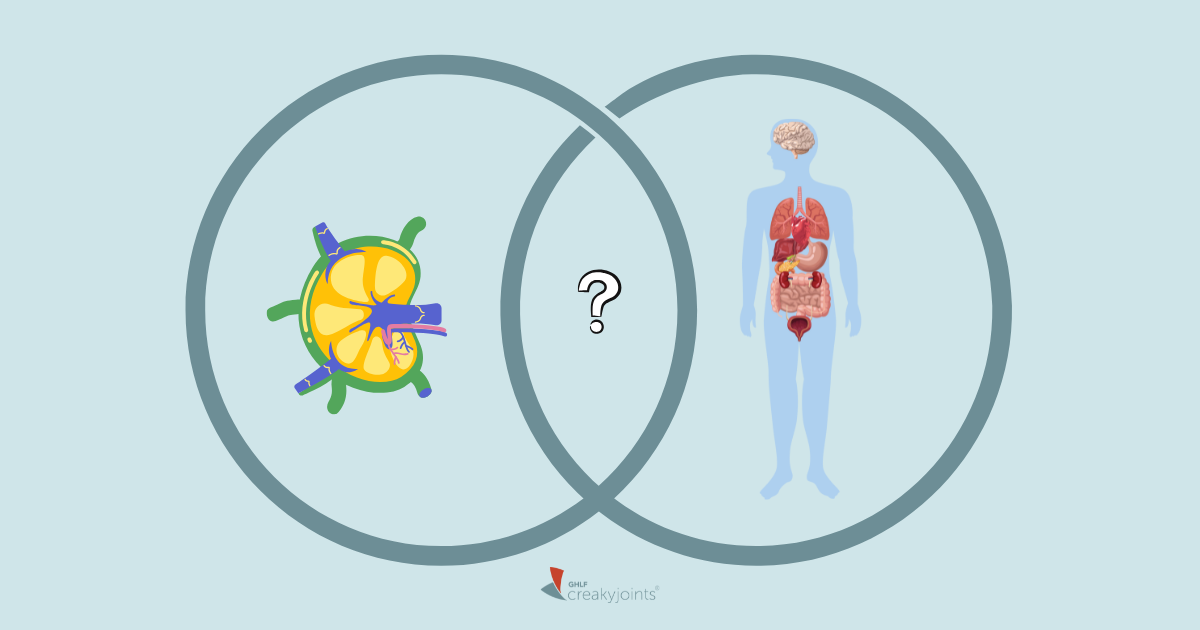

UPDATE: Copay cards almost went away in Massachusetts in December 2018, which would have dramatically increased costs for patients with chronic conditions who need expensive drugs to stay productive and healthy.
But thanks to our 50-State Network of concerned patients who contacted the Massachusetts State Senate President Karen Spilka, patients got a one-year copay card extension.
Even if you live elsewhere you can still raise your voice to help protect copay cards by signing up to be an advocate in our 50-State Network. For example, copay cards are virtually gone in California. Don’t let this happen in your state.
If you have a chronic disease like rheumatoid arthritis, psoriasis, or Crohn’s disease, there’s a good chance you’re shelling out big bucks to keep up with your drug regimen. Many newer, cutting-edge medications like biologics are expensive, and it is becoming an unfortunate tactic that your health insurance company, and often your employer, requires that you foot more of the bill by paying a substantially higher copay or coinsurance. One way to ease your financial burden: Sign up for a copay assistance card.
What Is a Copay Assistance Card?
A copay assistance card (also known as a copay savings program, copay coupon, or simply a copay card) is essentially a coupon that makes a medication way less expensive for you. You simply sign up for the program — usually via a form on your drug manufacturer’s website or an independent copay card website like goodrx.com — download or get your card in the mail, and show it at the pharmacy when you go to fill your prescription. Instead of paying a high copay (perhaps $50, $75, or more, depending on the specifics of your insurance coverage), you pay a lot less. In some cases, you might not owe anything at all. The pharmaceutical company covers the difference.
Who Is Eligible to Use a Copay Assistance Card?
Program restrictions vary, but generally anyone who has private health insurance (not Medicare or Medicaid) is eligible to enroll in a copay assistance program. You don’t typically have to prove that paying your regular copay for the medication would present a financial hardship.
For What Kind of Medications Are Copay Cards Available?
Copay assistance cards don’t exist for every drug on the market, but there are many available. You’re most likely to find a copay assistance program for a drug that’s expensive and relatively new to the market. You may also find one for a branded drug that’s been out for a while if the drug’s patent recently expired (and there’s a cheaper, generic version available). You can read more about copay assistance programs for various inflammatory disease drugs here.
What Kind of Cost Savings Are We Talking About?
The savings from using a copay card to you, the consumer, can be substantial. Let’s say your doctor has prescribed Xeljanz (tofacitinib) to treat your rheumatoid arthritis or psoriatic arthritis. Your insurance company, assuming it covers this drug at all, might very well put it in a “tier 3” or “tier 4” category of their drug formulary, meaning that it will cover it — for a hefty fee compared to what you pay for other drugs that are deemed “tier 1” or “tier 2.” Imagine, for example, showing up the pharmacy to pick up methotrexate and Xeljanz. You might be told that your copay for methotrexate is only $5, but your copay for Xeljanz is $100.
Assuming you meet the eligibility criteria for the Xeljanz copay assistance program (and if you have private health insurance, you probably will), the next time you go to get your medication your copay would be $0. Over the course of the year, you just saved yourself $1,200.
This enables you to afford a drug that you and your doctor deem is appropriate for you, and doesn’t base prescribing decisions on contracts that insurance companies have negotiated with drug companies or your employer.
Why Are Copay Assistance Programs Becoming Controversial?
At first glance, copay assistance cards seem like a major boon for consumers. After all, what’s better than getting the medication you want to take for a whole lot less money? But as of January 2018, copay assistance programs are essentially banned in California (though there are a few exceptions).
You can help save copay assistance in the state of Massachusetts (even if you live elsewhere) by clicking here to learn more about the issue and writing a letter to the state senate in support of keeping these programs.
Why would anyone be opposed to helping patients save money? The answer has to do with who is stuck paying the majority of the bill for these expensive drugs. While the pharmaceutical manufacturers may be the ones covering much (or all) of your usual copay, it’s your health insurance company who’s on the hook for the rest of the bill. And a drug like Xeljanz may cost your health insurer thousands of dollars a month.
Although there are no generic versions of biologic or other new drugs to treat inflammatory diseases, there are other rheumatoid arthritis, Crohn’s, and psoriatic arthritis medications that your health insurance company has negotiated lower prices on and would like you to use. If you use them, they pass along these savings to you in the form of a lower copay — without you having to use a copay card. Insurance companies keep the copay high on the drugs they don’t want you to use. Insurers don’t negotiate lower prices for every drug in a class, which you (and we at the Global Healthy Living Foundation, or GHLF) would like, because insurers get rebates based on the volume. That means only one, or maybe two, drugs in a class can be cheap in order to maximize the volume.
“The main reason some people support a ban on copay assistance programs is when copay cards are used when a cheaper generic drug is available. The patient can often pay the same price for a brand drug as a generic, but the insurer pays a lot more for the brand,” says Corey Greenblatt, MPH, manager of policy and advocacy for GHLF.
GHLF is a strong proponent of generic drugs. They make up 86 percent of prescriptions in the U.S., according to the Association for Accessible Medicines.
However, when there is no generic alternative available, copay assistance programs can be the difference between affording and taking a drug and not. GHLF supports copay cards in these cases. In addition, there are instances where a generic drug has a copay card. This can occur when a drug is available in pill form as a low-cost generic, but other formulations, like nasal sprays, are more expensive and have copay cards. This is true for the migraine drug Imitrex (sumatriptan). In cases like these, some patients have better outcomes with the more expensive inhaled version and it should be available for a similar price as the pill. Copay cards provide this price parity.
The biggest problem with abolishing copay cards outright is that 87 percent of brand-name drugs for which there is a copay card available do not have a generic equivalent,” says Greenblatt.
“When there is no equivalent generic or lower-cost medication option, we believe copay assistance cards should be available to help patients reduce their out-of-pocket costs,” Greenblatt says.
If you enjoyed reading this article, you’ll love what our video has to offer.





